- | 8:00 am
How the turntable outdesigned the iPod
The 165 year history of turntable design keeps spinning.
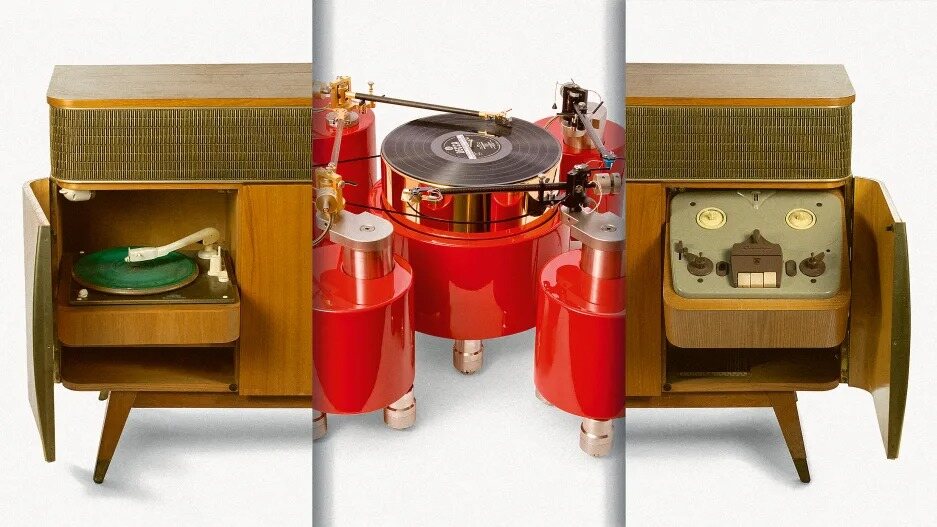
If there were a competition, the turntable would be the champion of audio devices. While the eight-track, tape deck, CD player, and iPod have all basically come and gone, the 165-year-old turntable has persisted through tides of technological advancement. A new book tracks this long and continuing life, looking at how mechanisms, markets, and materials have shaped the design of the record playing machine from the 19th century through today.

Revolution: The History of Turntable Design, is a lavishly photographed survey of the ever-evolving turntable. Written by Gideon Schwartz, who also runs the high-end audio equipment company Audioarts in New York City, it’s presented as a historical timeline tracking the ways the turntable has changed and improved.
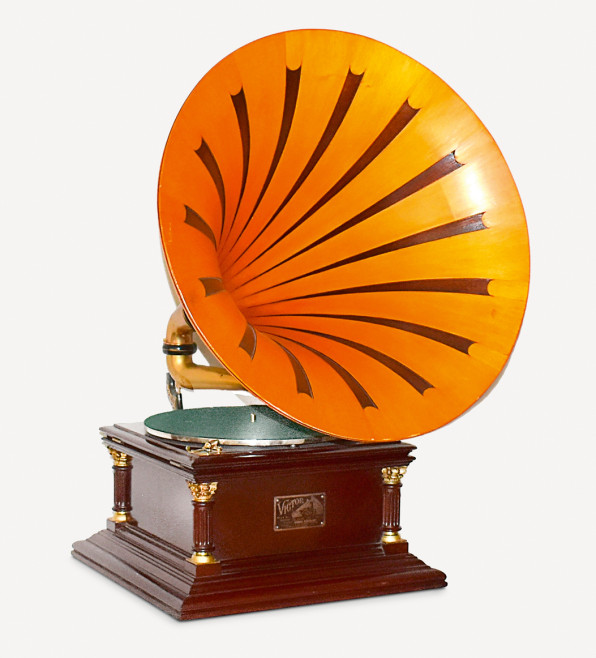
It’s a remarkable evolution for a technology that really hasn’t changed much in decades. “While of course there have been substantive changes in turntable, tone arm, and cartridge design, the concept is essentially the same,” Schwartz says. “The foundational technology is still there.”
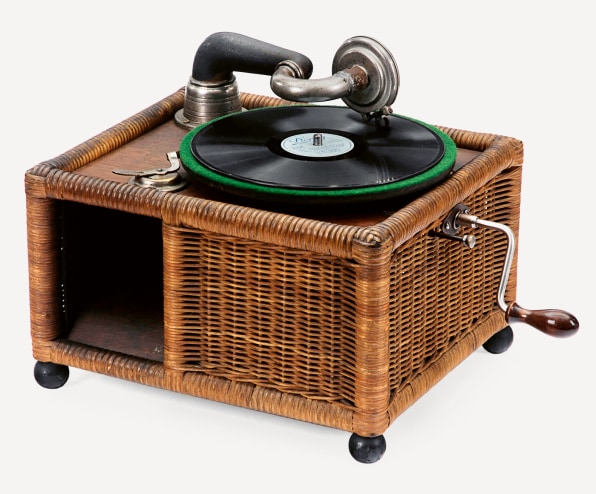
Schwartz previously wrote a book on the history of high-fidelity audio equipment, Hi-Fi: The History of High-End Audio Design. It’s an obsession that dates back to his childhood when he’d memorize audio components and model numbers of particularly impressive turntables. “I’m the first to admit I’m a true idiot savant,” he says.
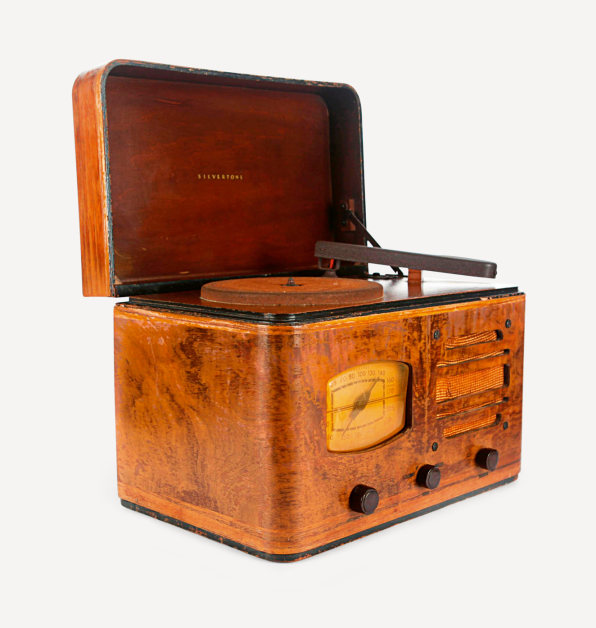
As the book charts this history, it’s clear in the images that the design of turntables tracks closely with the designs of the times, from the hand-cranked cylinder playing phonographs created by Thomas Edison in the late 1800s to the space-colony bubble-topped groove machines of the 1970s.

“If you look at the 1930s and ’40s, you have a very strong Art Deco influence on turntable design,” he says. “Many large consoles of the day were not only audio systems, they were beautiful pieces of furniture.” One highlighted console in the book features not only a record player and shelf system, but also a mirror lined liquor cabinet.
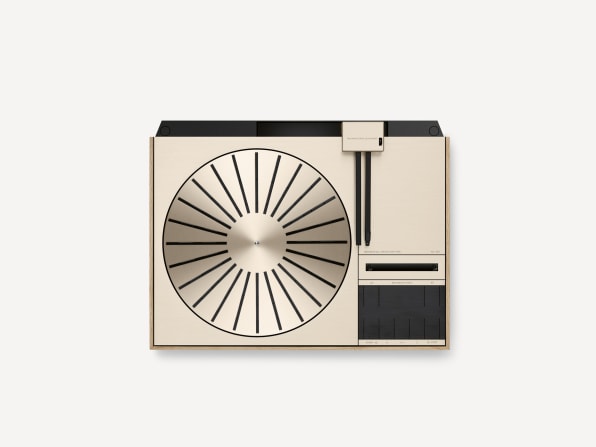
For Schwartz, the turntable really hit its stride in the 1950s, when minimalist clean lines turned the device from a hulking room filler to an audio component. With more compact sizes and more varied materials, turntables became almost like fashion objects for the home.
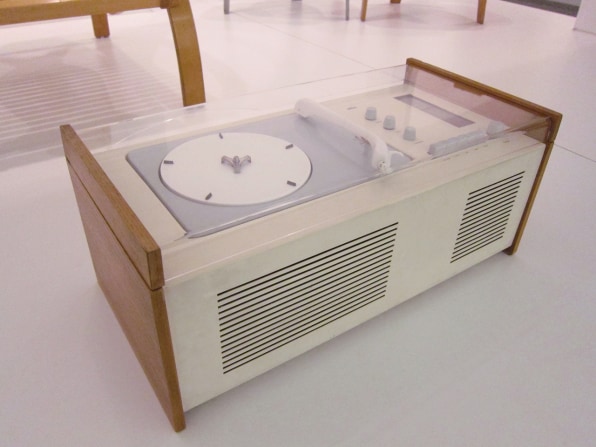
One of the more famous turntable designs is Dieter Rams’ SK 4 for Braun, a plexiglass-topped minimalist turntable produced in the mid 1950s that became known colloquially as Snow White’s Coffin. “The Dieter Rams designs for Braun were unprecedented for the time,” Schwartz says. He sees many of those influences showing up in turntables from the following decades. “The clean lines and truly simple functionality that he championed does hold true for many designs today,” he adds.
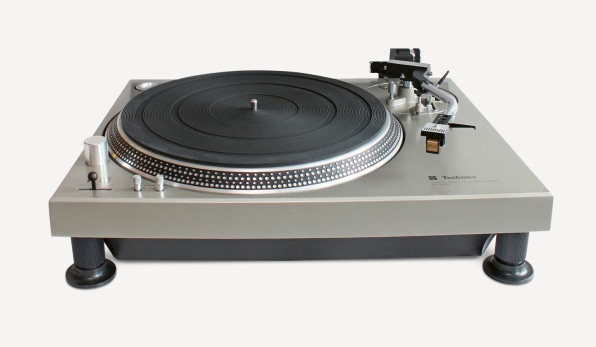
The ’60s brought a flood of low-cost portable players for 45 rpm singles, and the ’70s and ’80s saw the creation of high-fidelity turntables, along with club classics like the Technics SL-1200 that remains a favorite of DJs around the world. Even today, designers are still pushing the boundaries.
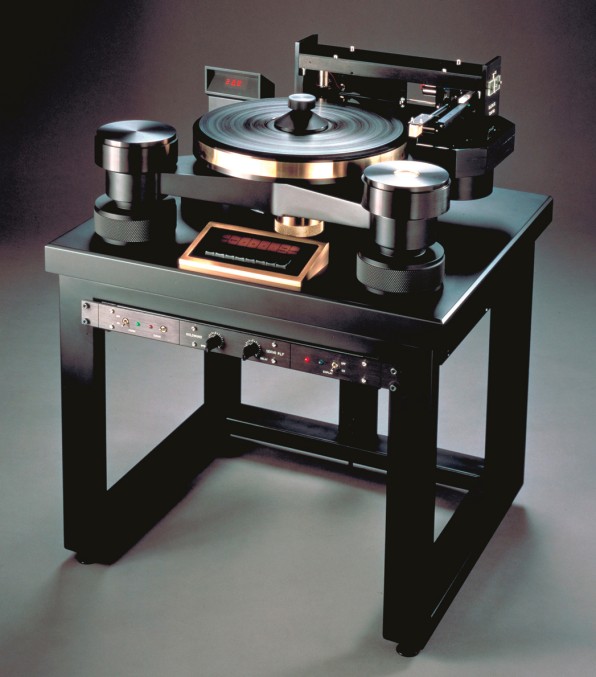
Danish company Bergmann produces a variety of bulky plattered spinners with finishes in precious metals. The Canadian manufacturer Kronos builds robot-looking players that look ready to stand up and walk away. And then there are the exploded Reference turntables that have individual bases for the platter, the motor and controls, and several different tone arms for the discerning listener. In total, these turntables can weigh hundreds of pounds.
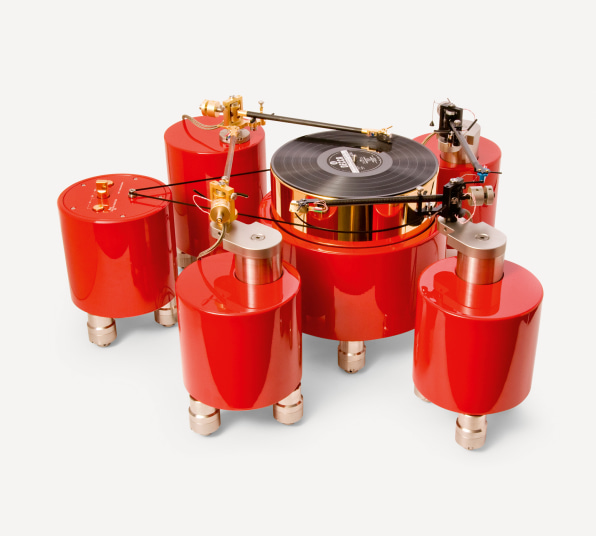
Reference turntables are among Schwartz’s favorites, both for their design and sound quality. Other top tables include the simple postwar designs of Garrard, the industrial bulk of the German EMT, and the high-end elegance of the Linn LP-12, all of which Schwartz owns.
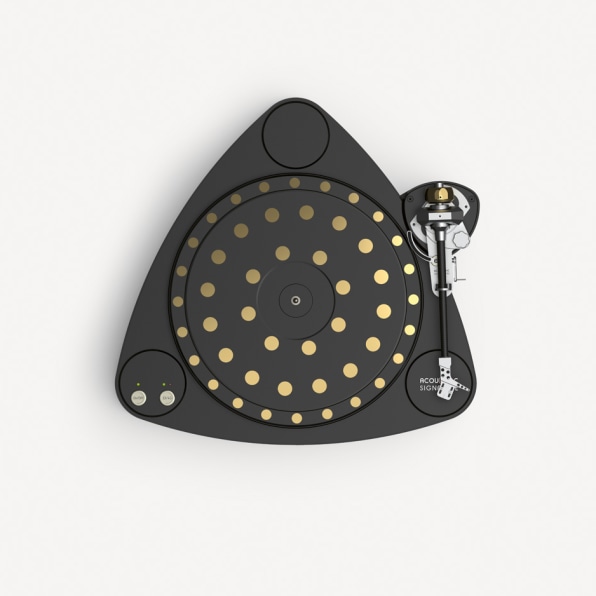
Is there an elusive gem out there that he doesn’t have, a white whale he’s still searching for? “That’s a loaded question because I have way too many turntables. It’s really time for me to purge,” he says. “The better question is which turntable should I let go of?”
There are no leading candidates for dismissal. Schwartz says the variety of turntable designs is a major part of their appeal. Each of these analog devices is distinctive in how they are made, how they are designed, and how they do their job. “If I put the same LP on each of these tables, they produce a unique sound,” he says. “And that’s what I love about it.”








































